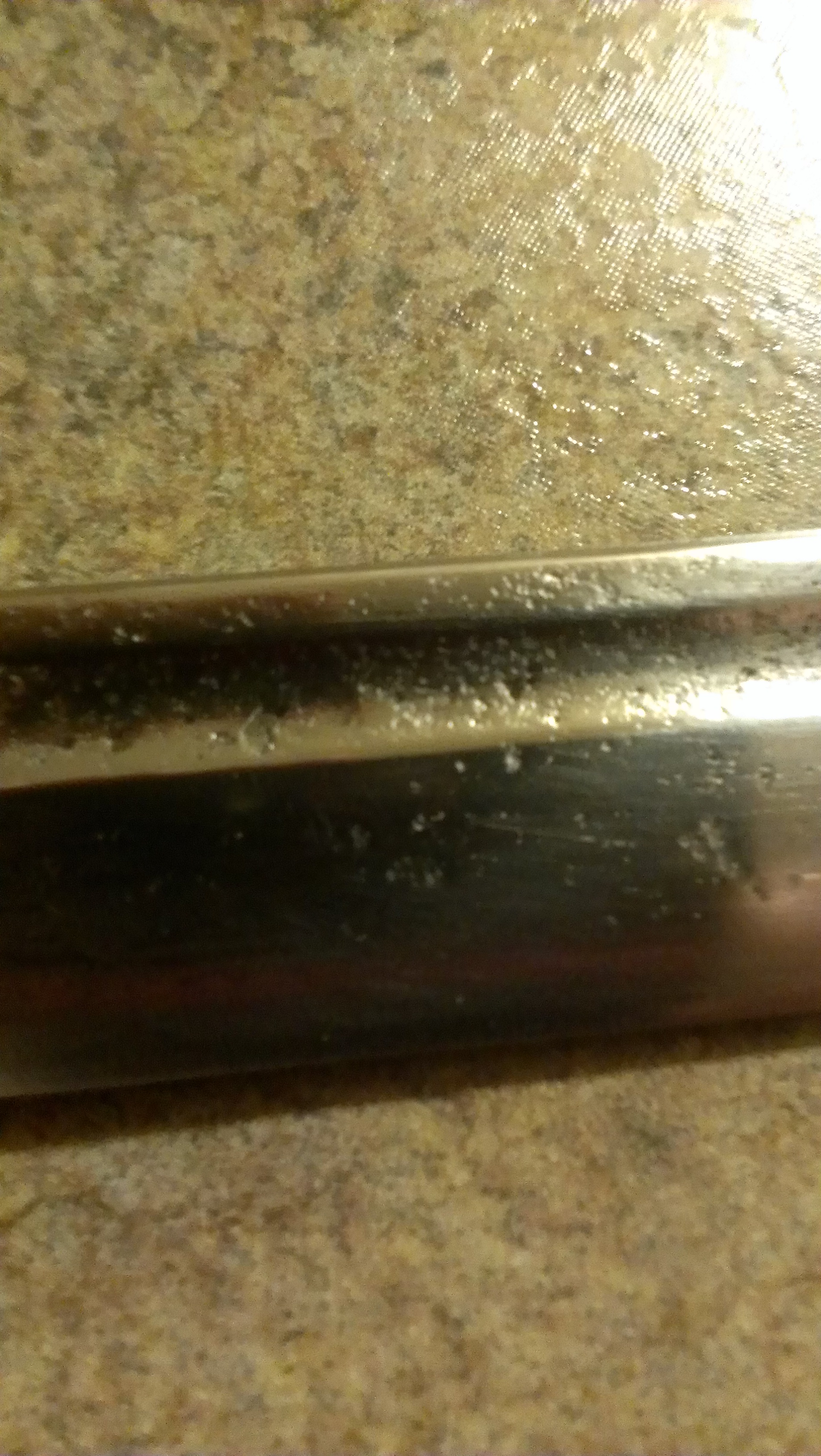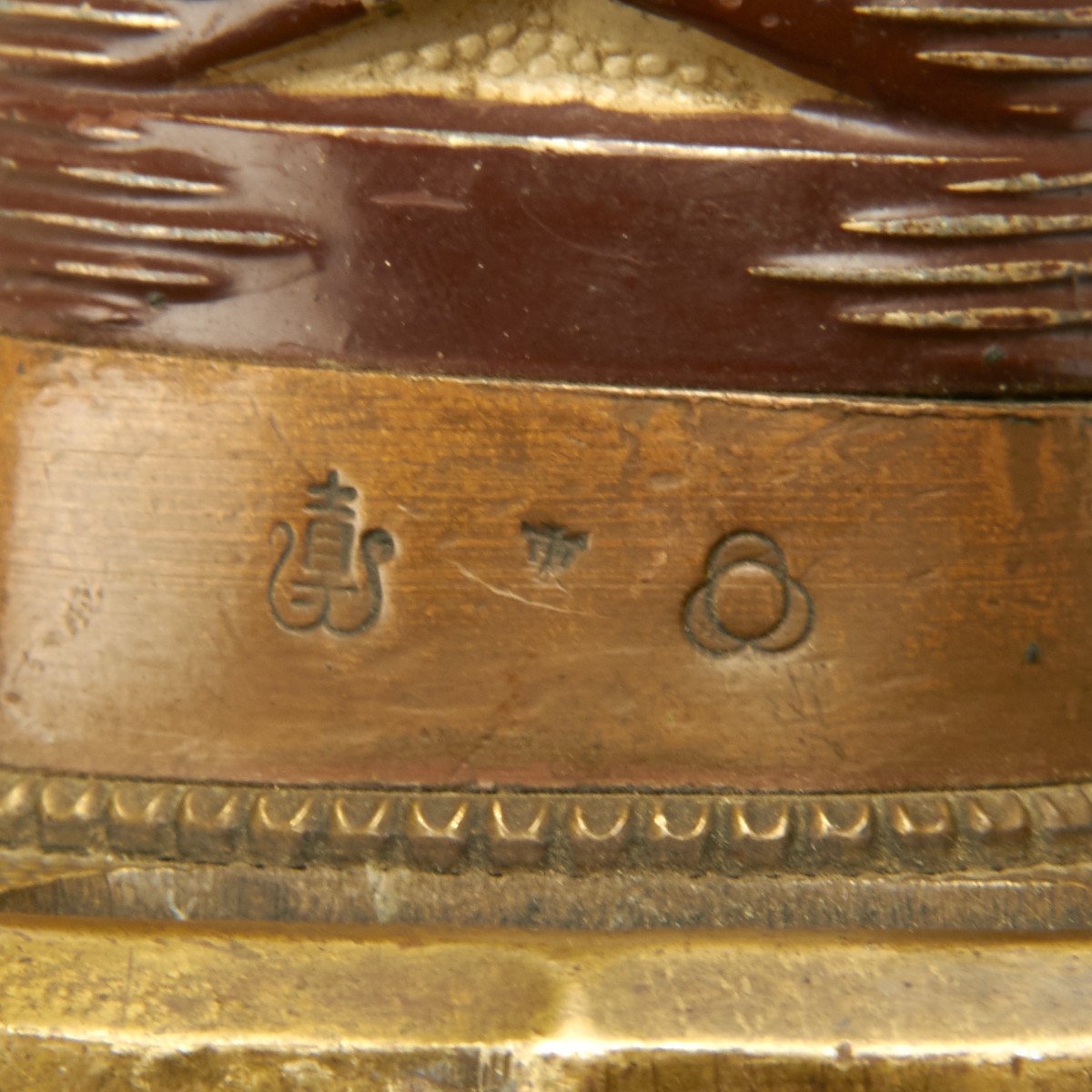
Traditionally this function is assigned to the Habaki (blade collar). This prevents the sword from falling when the soldier is running. Most swords do not have matching numbers because somewhere along the life of the sword the scabbard was changed.Ĭomplete with metal locking spring tab that secures the blade to the scabbard. This example has a matching serial number 55250 on both the blade and the throat of the scabbard. It is said that during battle soldiers would not use the ring but rather would stick the sword through the belt the same way as the Samurai in ancient times.Īll NCO swords were numbered. Typical WWII Imperial Japanese Army style fittings, with a single suspension ring from the scabbard, known as the "New Military Sword" (shin guntou) style. The grip wrapping and menuki are cast-formed. Blade is 26.25 inches long, with an overall length of 36.25 inches. This fine example is a genuine WWII Japanese Type 95 NCO Samurai Sword or katana with aluminum handle construction and machine made blade. But a small percentage made its way back to the United States and into the collector market. The Americans destroyed a large number of swords by dumping them into the ocean or by melting them. Most soldiers and citizens surrendered their swords to the American occupying forces.

General McCarthur did not want the general population to be able to arm again.

By law, Japanese citizens were forbidden to own swords. The end of WWII marked the beginning of the sword ownership ban in Japan.

The tsuba is the plain style utilized on NCO swords.Original Item: Only One Available. The scabbard exhibits about 70% of its original olive brown paint and displays one shallow dent. The fuchi collar at the base of the grip is also a late war version in iron and is therefore without the arsenal inspection stamps found on earlier examples which utilized a copper collar. The handle of the sword utilized the cross-hatched wood grips that appeared late in the war to replace the metal grips. The overall length is approximately 38 inches in the scabbard.

The blade does have four very tiny nicks, evenly spaced in the center of the cutting edge. The blade is generally bright and, while there are some scratches, gray areas, and spots, there are no cracks or rust. The machine-made blade is 26 inches long. The position of the number on the blade, configured to be read with the cutting edge up, identifies the sword as having been produced by the Nagoya Arsenal (The only other source for the Type 95 sword was the Tokyo arsenal, which impressed the number on the blade in such a way that it is read with the cutting edge facing down). A World War II Type 95 Japanese Army NCO sword on which the sword blade and scabbard have matching serial numbers of “211714”.


 0 kommentar(er)
0 kommentar(er)
